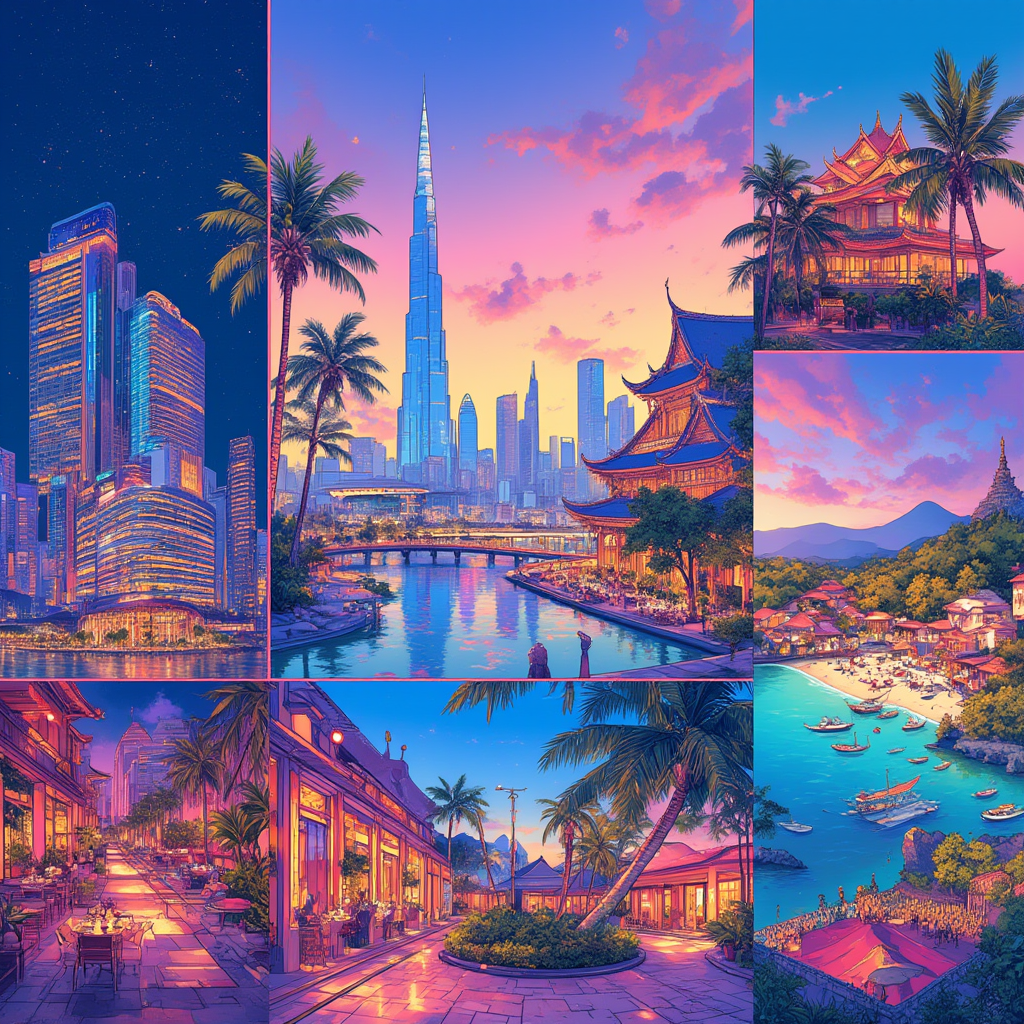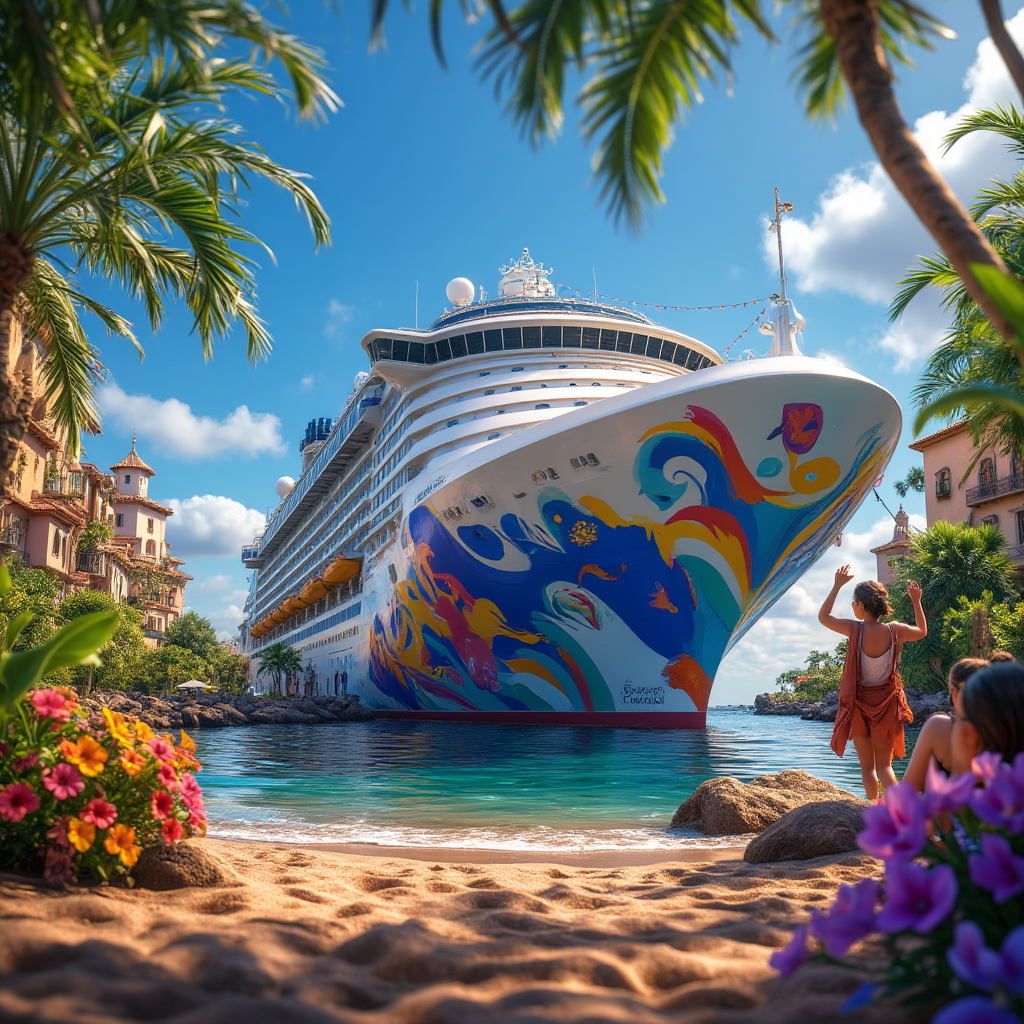Here is how Japan and United Arab Emirates are Outpacing Thailand, Columbia and Mexico in Luxury Travel

How Japan and the UAE are Leading in Luxury Travel Compared to Thailand, Colombia, and Mexico
The travel industry is rebounding from the pandemic in 2024, revealing a distinct divide in tourism spending, particularly in the apparel sector. Recent data from the Mastercard Economics Institute indicates that tourists are increasingly selective in their purchasing choices. Regions like Japan and the United Arab Emirates (UAE) are witnessing a spike in luxury shopping, contrasting with the casual apparel spending trends in markets such as Thailand, Colombia, and Mexico.
Luxury Tourism Shopping Thrives in 2024
This year, luxury tourism shopping has significantly increased, especially in markets known for upscale fashion. Japan and the UAE have emerged as top destinations, each seeing remarkable year-over-year growth in luxury spending.
Japan's luxury apparel shopping has surged by an impressive 152%, thanks to the return of international tourists and affluent travelers. The country's strong reputation for luxury goods plays a key role in this demand.
Likewise, the UAE has experienced a 61% increase in luxury apparel spending in 2024. Dubai continues to attract wealthy individuals, further solidifying its status as a global luxury destination.
Luxury spending encompasses not just apparel but also high-end dining and bespoke experiences. Travelers' willingness to indulge in premium goods and services characterizes the post-pandemic travel landscape.
Casual Apparel Spending Gains Momentum
In contrast, casual apparel spending is thriving in destinations like Thailand, Colombia, and Mexico, catering to travelers seeking budget-friendly options.
Thailand has noted a 69% increase in casual apparel spending. The country's vibrant street markets and affordable fashion boutiques appeal to diverse travelers who prioritize experiences over high-end purchases.
Colombia and Mexico are also seeing growth in casual apparel spending, at 25% and 14% respectively, catering to a traveler demographic focused on cultural immersion rather than luxury shopping.
Currency Challenges in Mexico's Luxury Market
Despite growth in casual shopping, Mexico’s luxury retail market faces challenges due to the strength of the Mexican Peso, which has risen significantly against the U.S. dollar, leading to a 22% decline in luxury spending.
This currency appreciation has made luxury goods pricier for international visitors, pushing many towards more affordable casual options.
Global Luxury Shopping Continues to Flourish
In addition to Japan and the UAE, other notable luxury shopping destinations like France, Italy, and the UK are experiencing robust tourism-related luxury spending.
France remains a favorite for tourists, especially Paris, known for its upscale shopping experience. Italy's acclaimed fashion craftsmanship attracts affluent visitors to cities like Milan and Rome, while London continues to lure luxury shoppers despite economic uncertainties.
The Future of Luxury vs. Casual Tourism Shopping
Looking ahead, the gap between luxury and casual shopping is expected to persist. While regions such as Japan and the UAE maintain their luxury appeal, casual markets will flourish in destinations catering to budget-savvy travelers.
Understanding these trends is vital for the global travel industry to adapt to changing consumer behaviors. The divergence in spending habits provides insights into the future landscape of tourism and retail.
In summary, 2024 illustrates the contrasting trajectories of luxury and casual tourism shopping, with Japan and the UAE emerging as luxury hubs, while casual apparel spending rises in Thailand, Colombia, and Mexico.




